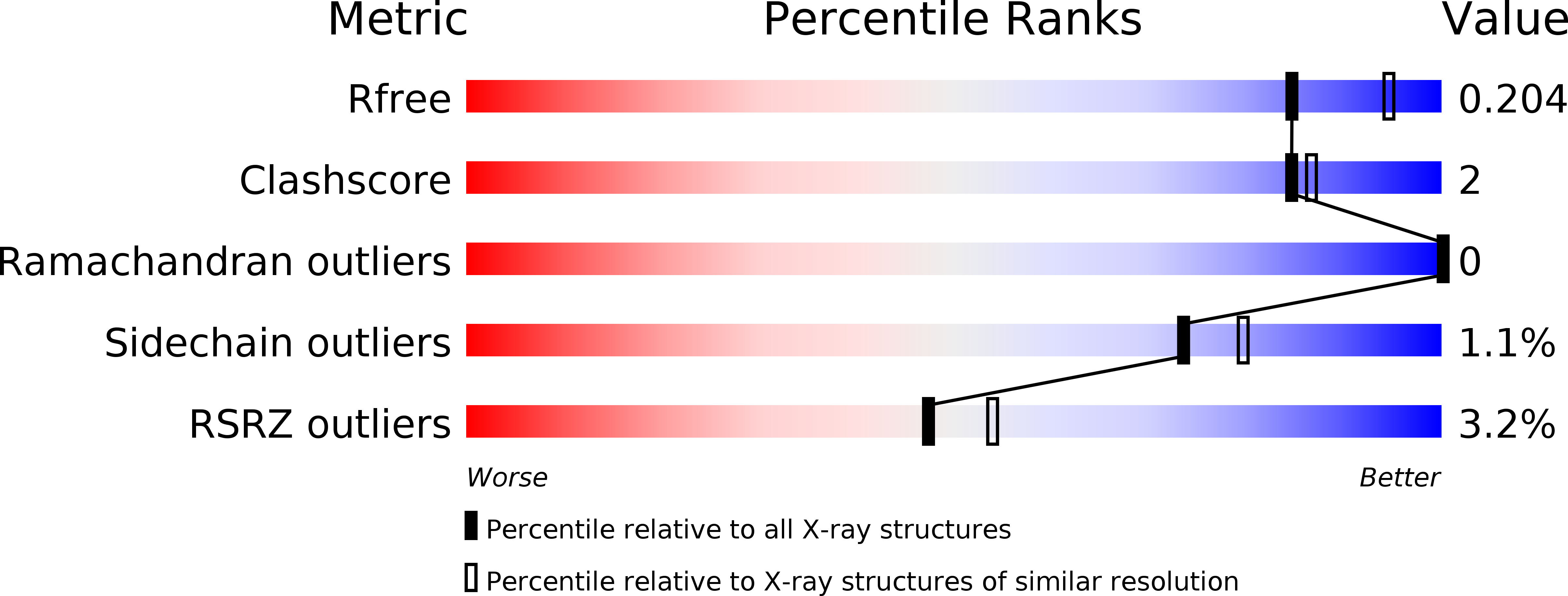
Deposition Date
2012-02-28
Release Date
2012-03-14
Last Version Date
2024-11-06
Entry Detail
PDB ID:
4AKQ
Keywords:
Title:
Mutations in the neighbourhood of CotA-laccase trinuclear site: E498D mutant
Biological Source:
Source Organism:
BACILLUS SUBTILIS (Taxon ID: 1423)
Host Organism:
Method Details:
Experimental Method:
Resolution:
2.10 Å
R-Value Free:
0.20
R-Value Work:
0.17
R-Value Observed:
0.17
Space Group:
P 31 2 1


